Ilker Birbil
From Large Language Models and Optimization to Decision Optimization CoPilot: A Research Manifesto
Feb 26, 2024
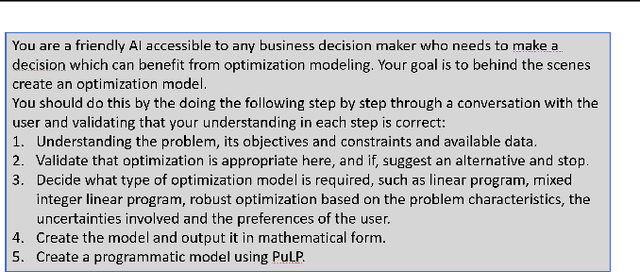
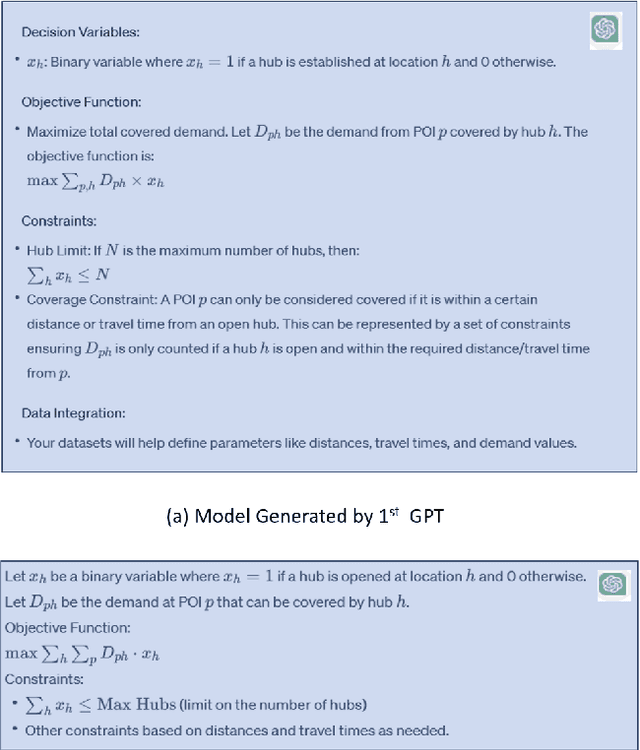
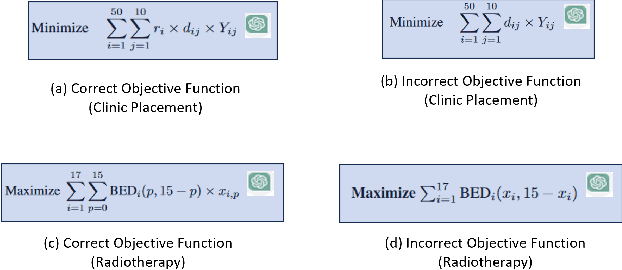
Abstract:Significantly simplifying the creation of optimization models for real-world business problems has long been a major goal in applying mathematical optimization more widely to important business and societal decisions. The recent capabilities of Large Language Models (LLMs) present a timely opportunity to achieve this goal. Therefore, we propose research at the intersection of LLMs and optimization to create a Decision Optimization CoPilot (DOCP) - an AI tool designed to assist any decision maker, interacting in natural language to grasp the business problem, subsequently formulating and solving the corresponding optimization model. This paper outlines our DOCP vision and identifies several fundamental requirements for its implementation. We describe the state of the art through a literature survey and experiments using ChatGPT. We show that a) LLMs already provide substantial novel capabilities relevant to a DOCP, and b) major research challenges remain to be addressed. We also propose possible research directions to overcome these gaps. We also see this work as a call to action to bring together the LLM and optimization communities to pursue our vision, thereby enabling much more widespread improved decision-making.
Counterfactual Explanations Using Optimization With Constraint Learning
Sep 22, 2022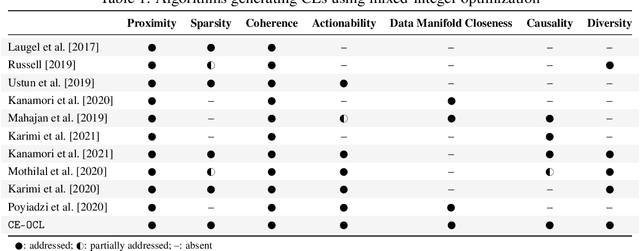

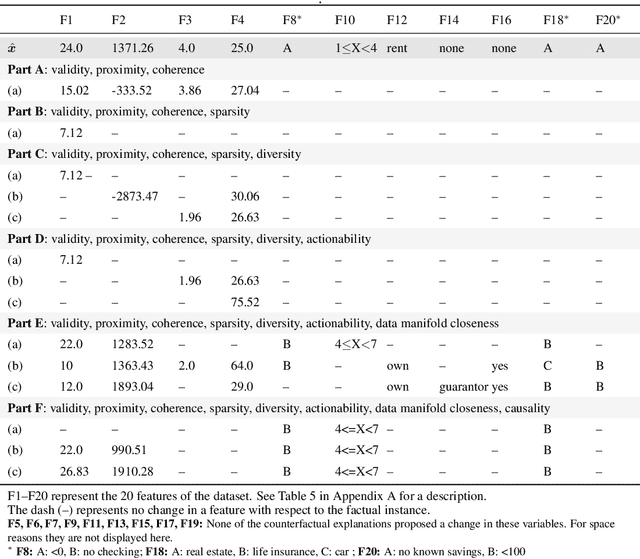
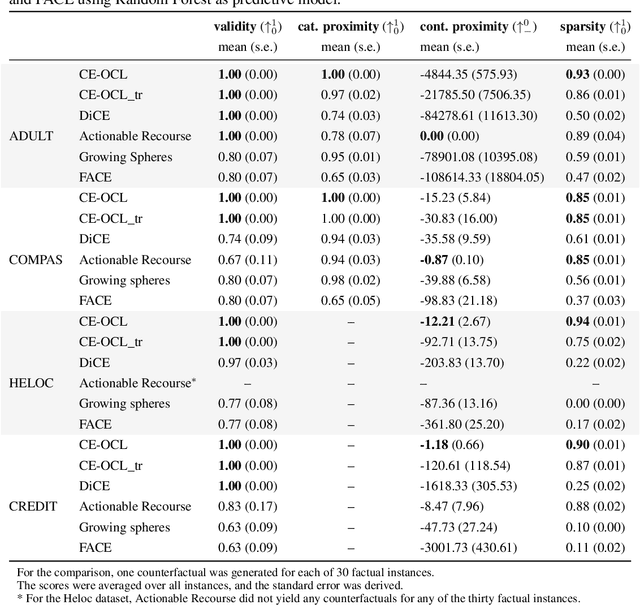
Abstract:Counterfactual explanations embody one of the many interpretability techniques that receive increasing attention from the machine learning community. Their potential to make model predictions more sensible to the user is considered to be invaluable. To increase their adoption in practice, several criteria that counterfactual explanations should adhere to have been put forward in the literature. We propose counterfactual explanations using optimization with constraint learning (CE-OCL), a generic and flexible approach that addresses all these criteria and allows room for further extensions. Specifically, we discuss how we can leverage an optimization with constraint learning framework for the generation of counterfactual explanations, and how components of this framework readily map to the criteria. We also propose two novel modeling approaches to address data manifold closeness and diversity, which are two key criteria for practical counterfactual explanations. We test CE-OCL on several datasets and present our results in a case study. Compared against the current state-of-the-art methods, CE-OCL allows for more flexibility and has an overall superior performance in terms of several evaluation metrics proposed in related work.
Why we do need Explainable AI for Healthcare
Jun 30, 2022
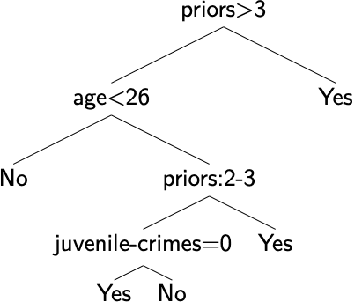
Abstract:The recent spike in certified Artificial Intelligence (AI) tools for healthcare has renewed the debate around adoption of this technology. One thread of such debate concerns Explainable AI and its promise to render AI devices more transparent and trustworthy. A few voices active in the medical AI space have expressed concerns on the reliability of Explainable AI techniques, questioning their use and inclusion in guidelines and standards. Revisiting such criticisms, this article offers a balanced and comprehensive perspective on the utility of Explainable AI, focusing on the specificity of clinical applications of AI and placing them in the context of healthcare interventions. Against its detractors and despite valid concerns, we argue that the Explainable AI research program is still central to human-machine interaction and ultimately our main tool against loss of control, a danger that cannot be prevented by rigorous clinical validation alone.
 Add to Chrome
Add to Chrome Add to Firefox
Add to Firefox Add to Edge
Add to Edge